Thesis Project: Kellogg Hotel & Conference Center
Thesis Project: Kellogg Hotel & Conference Center by Caroline Wickens

Author: Caroline Wickens
Class: IDES 452 Interior Design Synthesis III
Problem Statement
The Kellogg Hotel & Conference Center, which first opened to the public in September of 1951, functions as a social hub for gatherings and events located on the campus grounds of Michigan state university. This facility is in need of revamping in order to attract the outside general public and appeal to hotel visitors to enhance the Spartan experience. The building currently serves as a popular location, hosting more than 400,000 visitors a year for social and business events, seminars, wedding events and more. With increasing numbers of the East Lansing population and Michigan State students and being located in a prime location for surrounding attractions and collegiate events, it is important to apply changes that will accommodate for the growing needs of the users and the facility.
Mission Statement
The mission of the new Kellogg Hotel & Conference Center is to provide a fresh and innovative design, offering multifunctional features and design solutions that will enhance the existing facility. The new design will consist of multifunctional spaces that will all compromise, accommodate and collaborate between users and spaces. The design will feature a pub and grill, offering an intimate atmosphere for a zone to wind down and relax; a café and smoothie bar for on-the-go convenient refreshments; a spa with yoga services and wedding packages; updated conference rooms featuring the Big Ten conference room and two smaller functional rooms; a new lounge with both lounge seating and individual workspaces; an updated functional and open-concept suite room; and an information center for assistance and guidance for visitors entering from the South entrance of the building.
Concept Statement
The inspiration for the design concept will come from the one-of-a-kind Petoskey Stone found only in Michigan. The complex connecting lines present within the design of the stone serve as a network or web that will create overall cohesiveness. This will be reflected in the floor plan of the design by providing areas that promote connectivity and involvement within spaces. The rhythm of the repeated unique pattern will be implemented through floor, fabric and wall finish selections to encourage harmony and balance in and between adjacent areas, along with the arrangement and shapes of furniture laid out in circular patterns. This rare stone serves as a creative expression and is said to strengthen the connection between people, which will be utilized in the arrangement of the design by providing available, practical and efficient spaces that flow and generate healthy relationships among users and spaces to deliver an overall inviting and engaging facility.
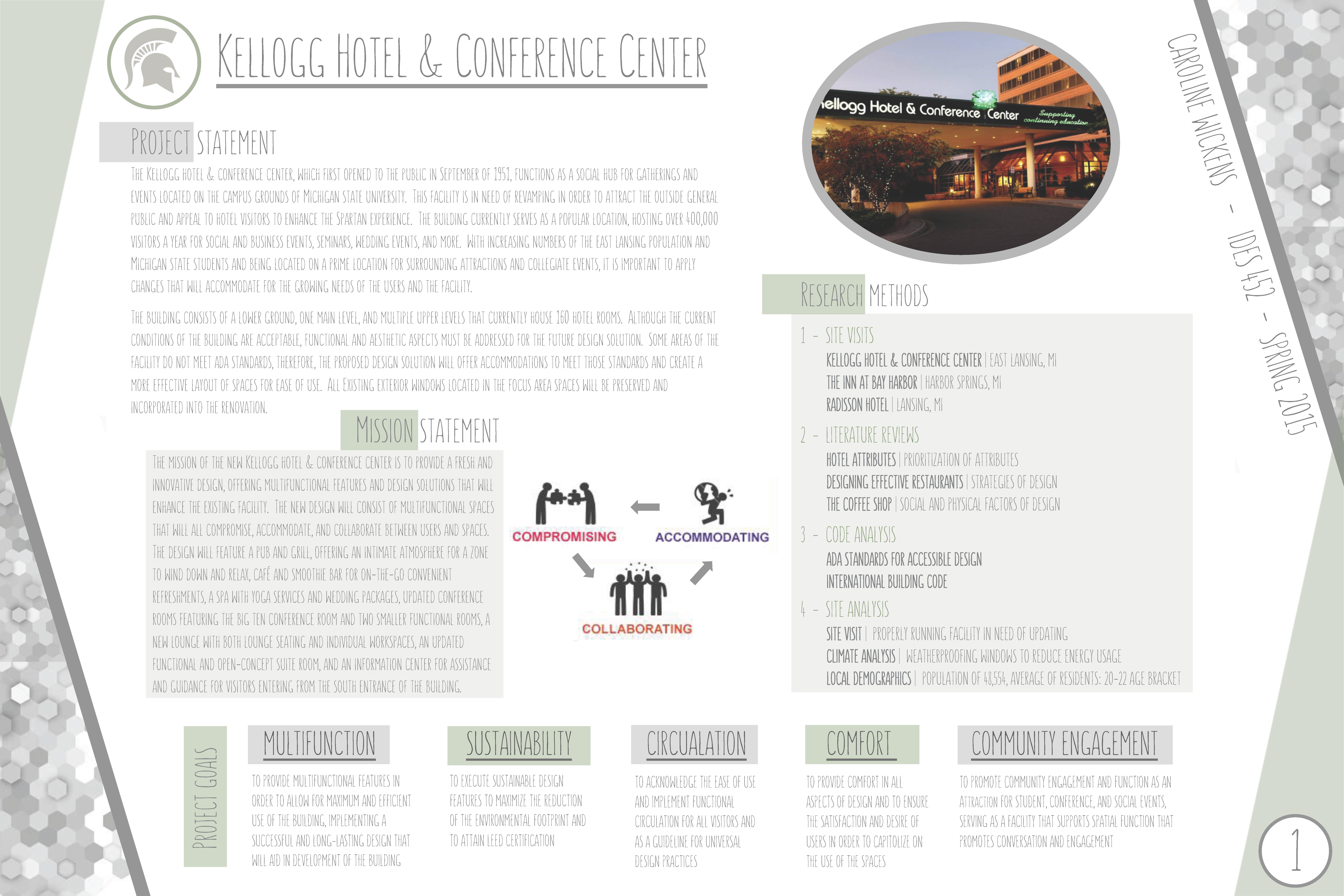
This board (1 of 4) by Caroline Wickens features Programming (preliminary work), including a project statement, a mission statement, research methods, project goals, a behavioral diagram and a photo of the existing front entrance of the building.
![]()
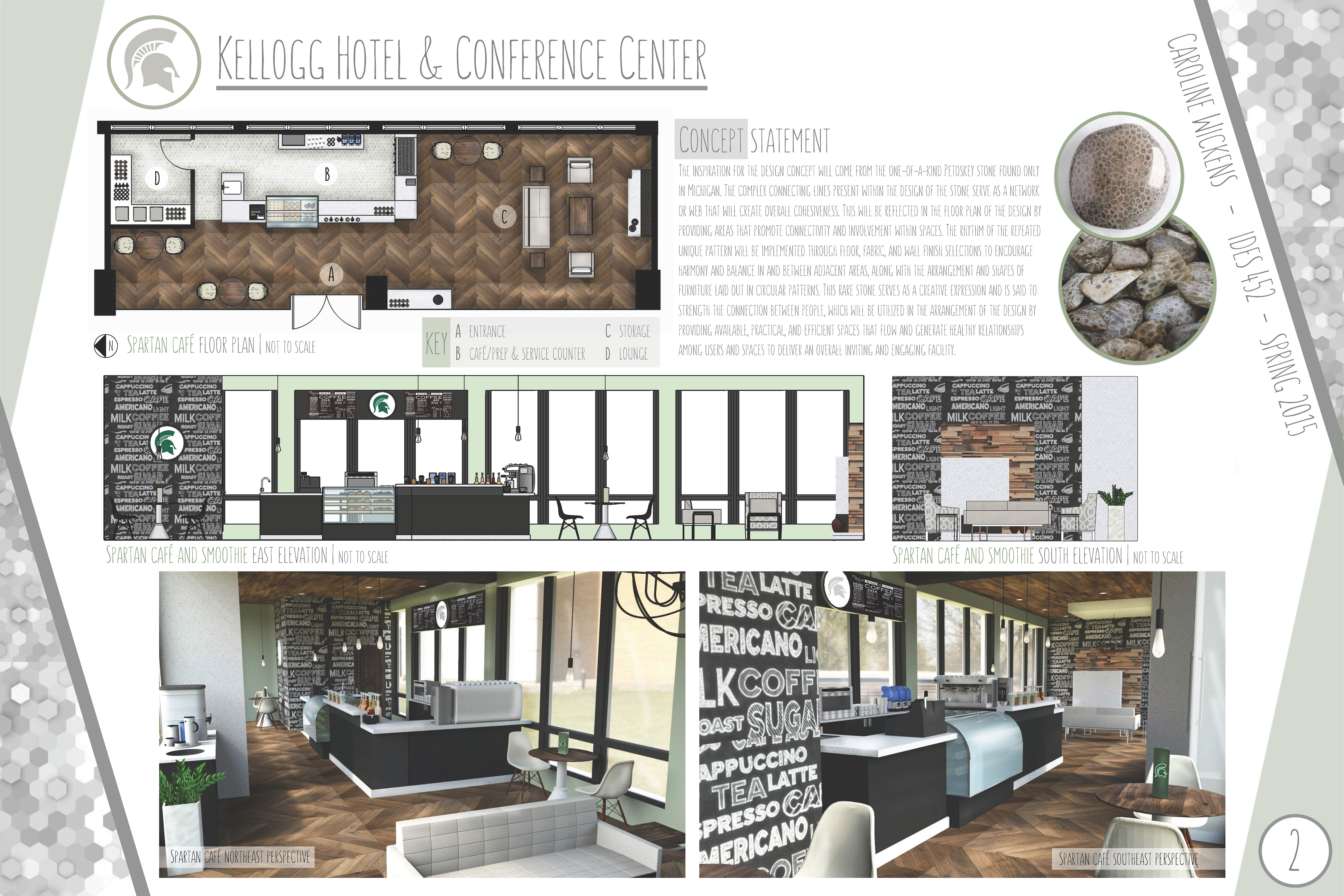 This board (2 of 4) by Caroline Wickens focuses on the Spartan Café and Smoothie, including a concept statement, rendered floor plan and key, images of inspiration, two rendered elevations and two rendered perspectives.
This board (2 of 4) by Caroline Wickens focuses on the Spartan Café and Smoothie, including a concept statement, rendered floor plan and key, images of inspiration, two rendered elevations and two rendered perspectives.
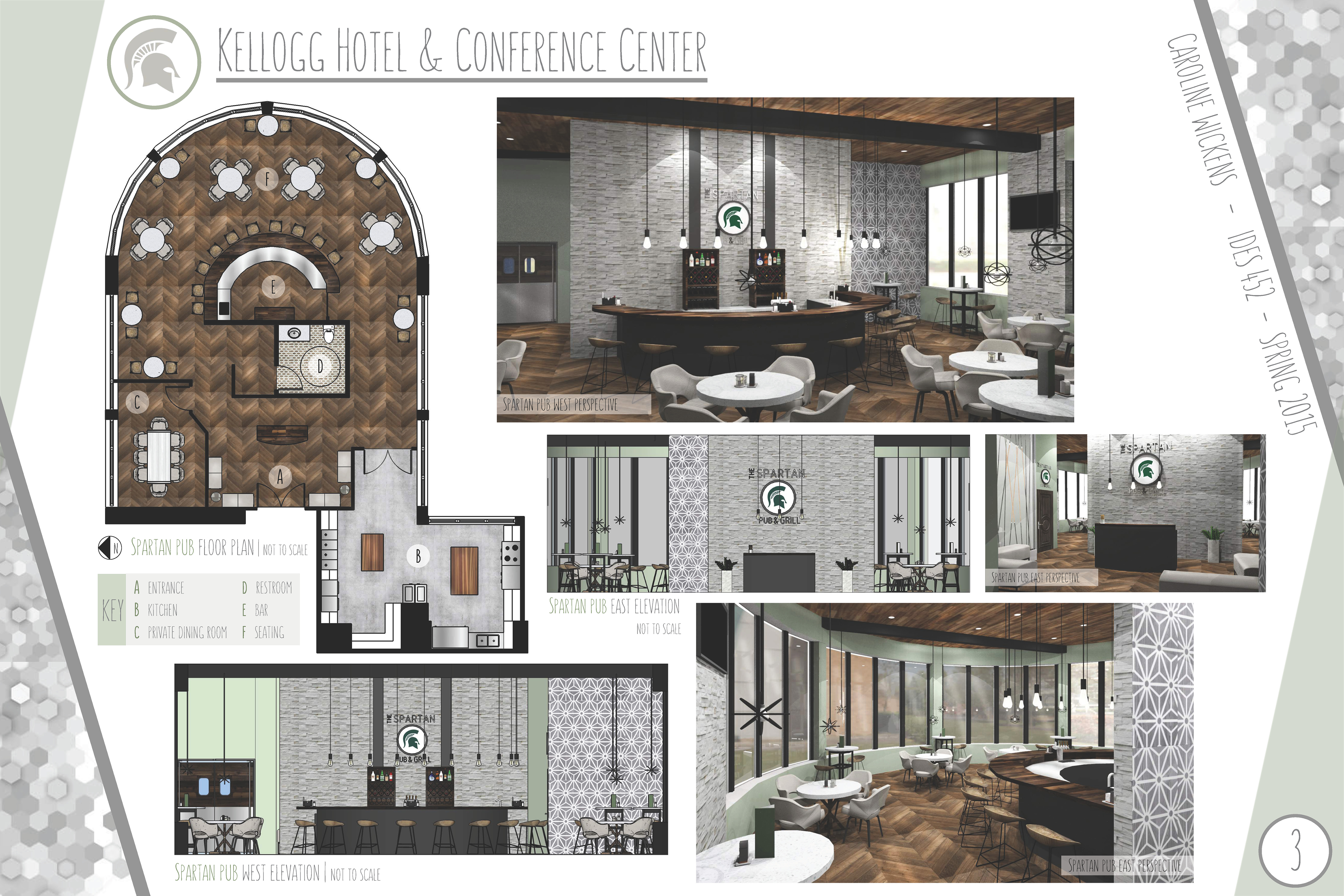
This board (3 of 4) by Caroline Wickens focuses on the Spartan Pub, including a rendered floor plan and key, two rendered elevations and three rendered perspectives.
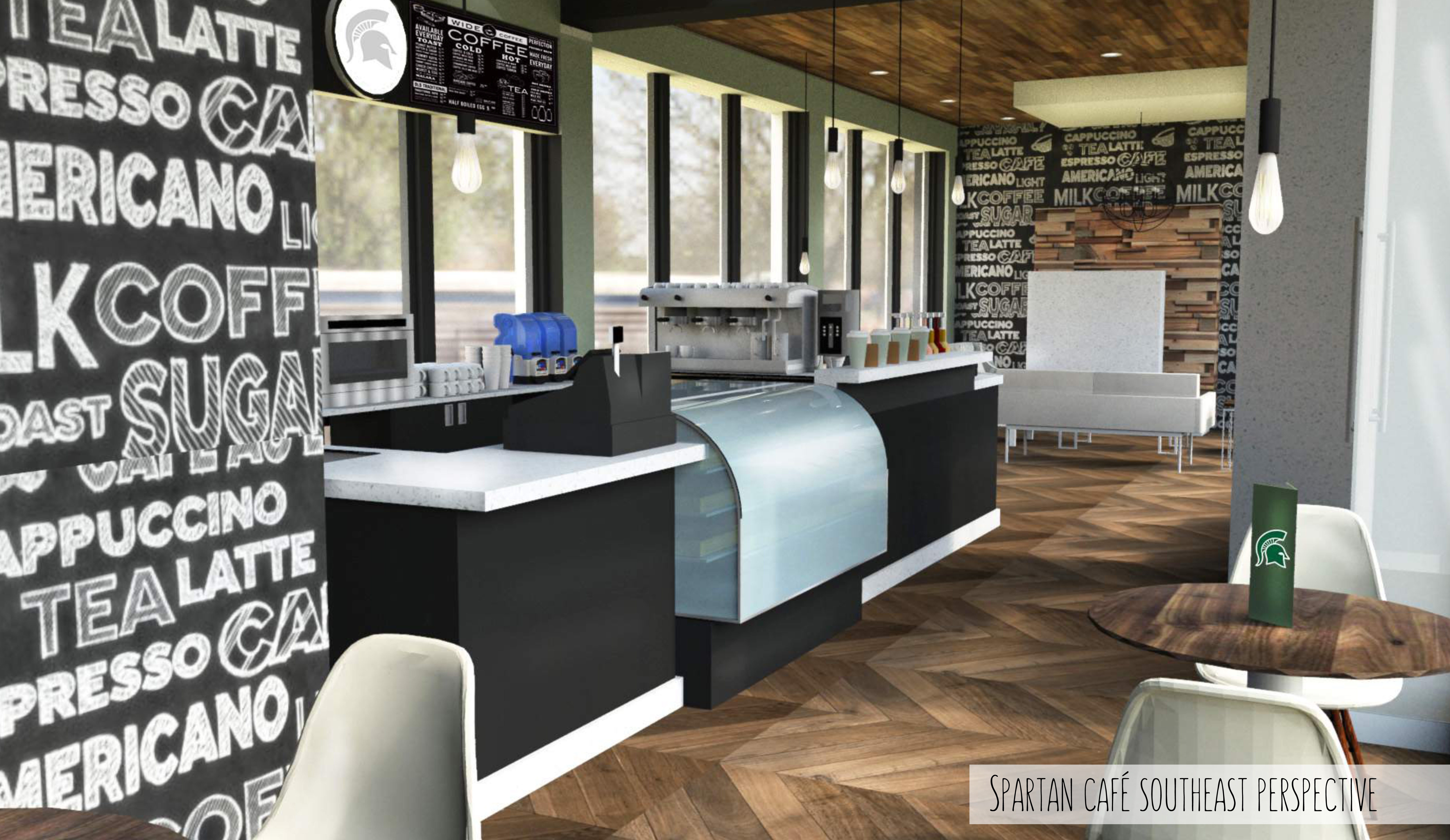
This rendering by Caroline Wickens features the Spartan Café Southeast perspective view.
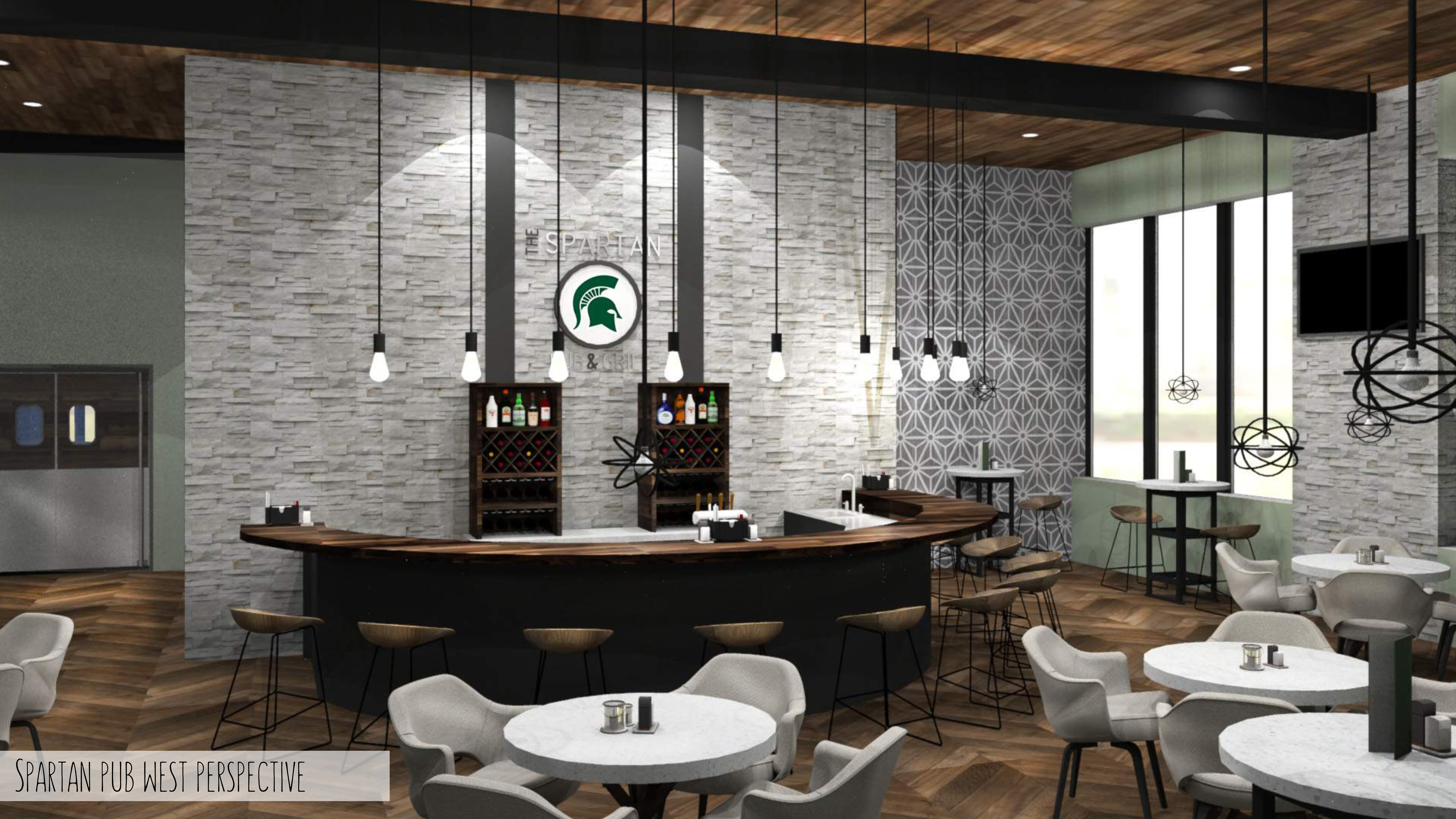
This rendering by Caroline Wickens features the Spartan Pub West perspective view.
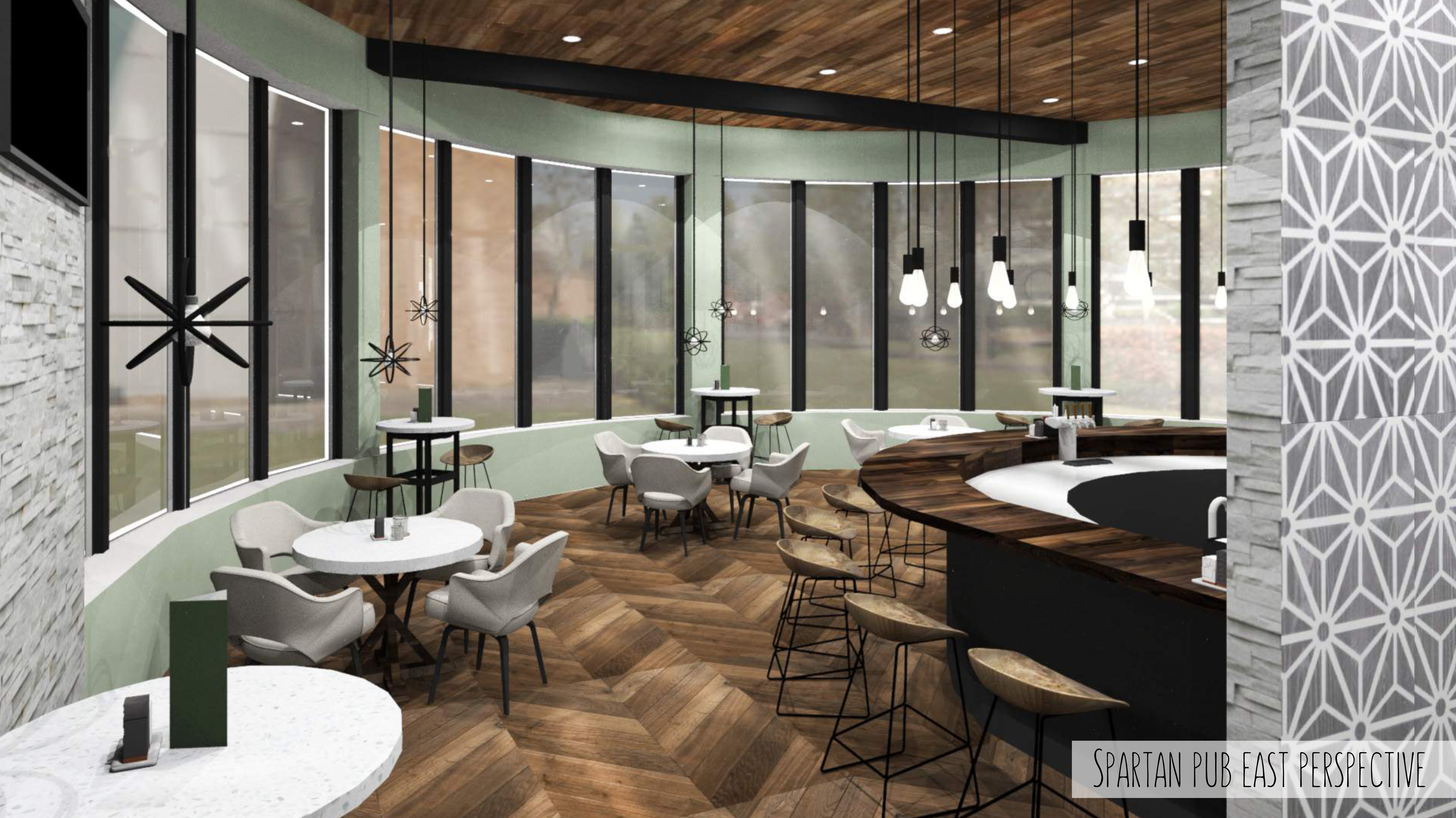
This rendering by Caroline Wickens features the Spartan Pub East perspective view.
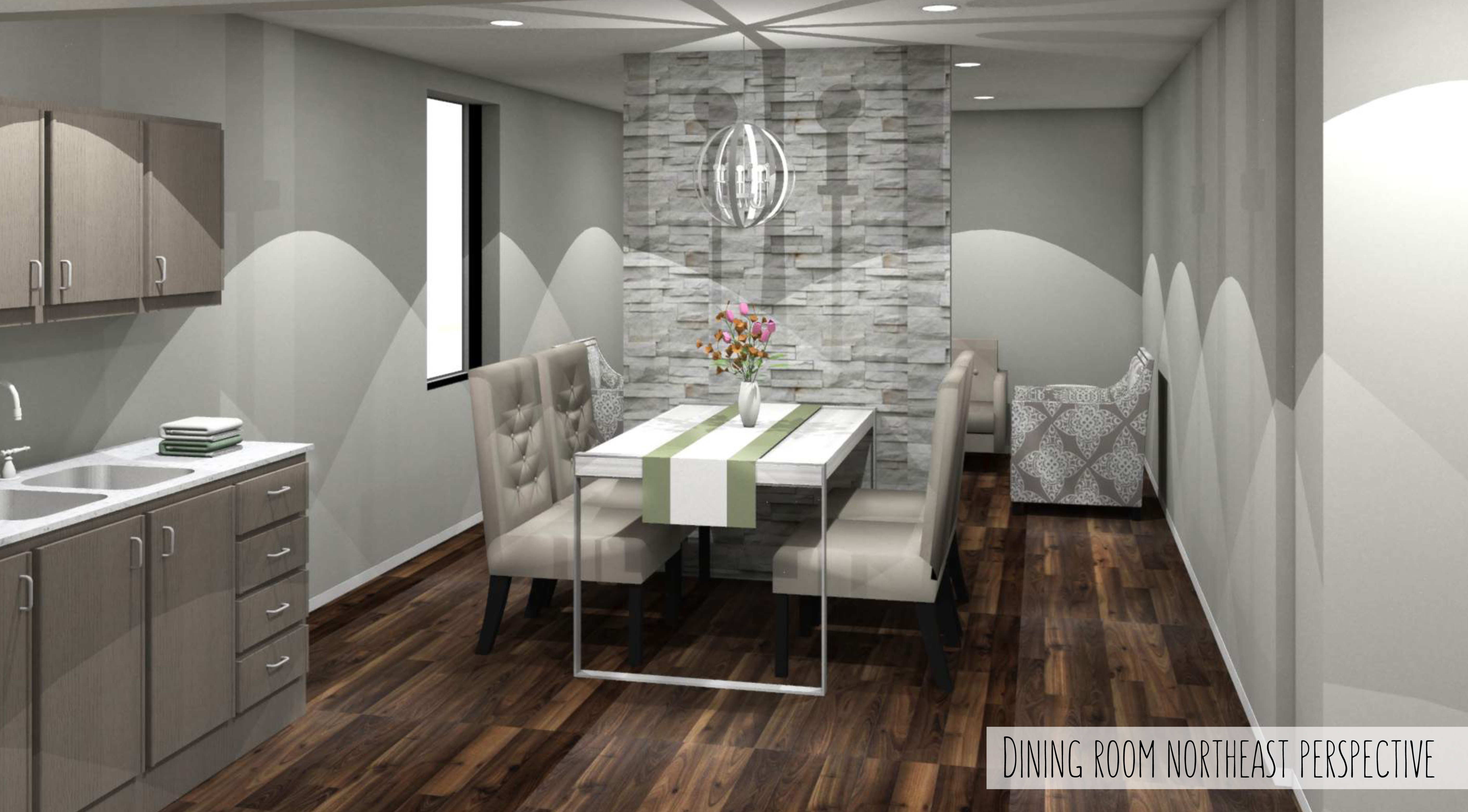
This rendering by Caroline Wickens features the Hotel Suite Dining Room Northeast perspective view.
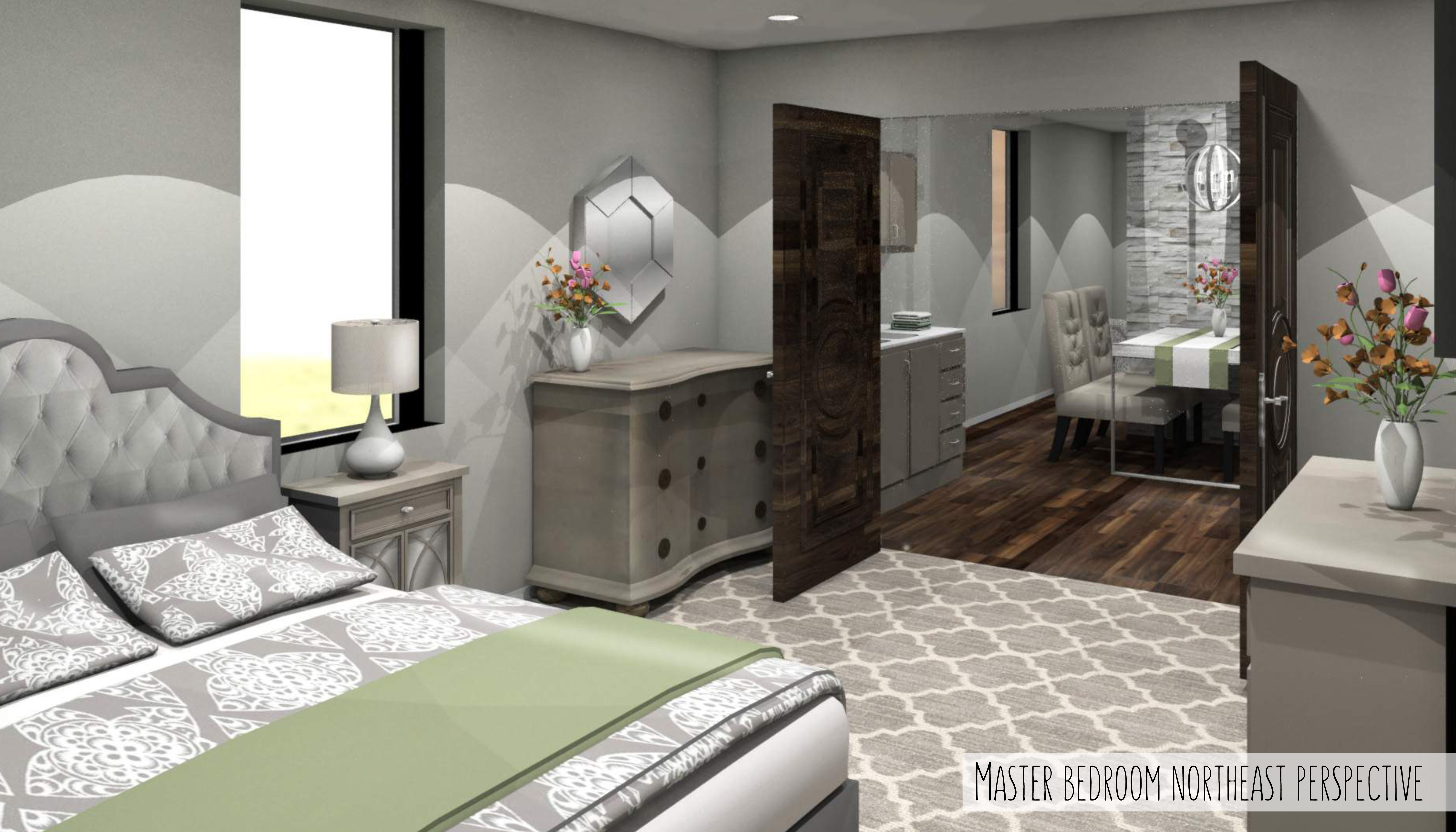



 Print
Print Email
Email




